This article was originally published in Farm Progress
It’s no secret that weaning is arguably the most stressful time in a beef calves’ life. Calves build strong maternal bonds with their mothers over the 6+ months they are tagging along until they are weaned. Weaning can be done a variety of ways, but the ultimate goal is to minimize stress to set them up for success in their next stage in life.
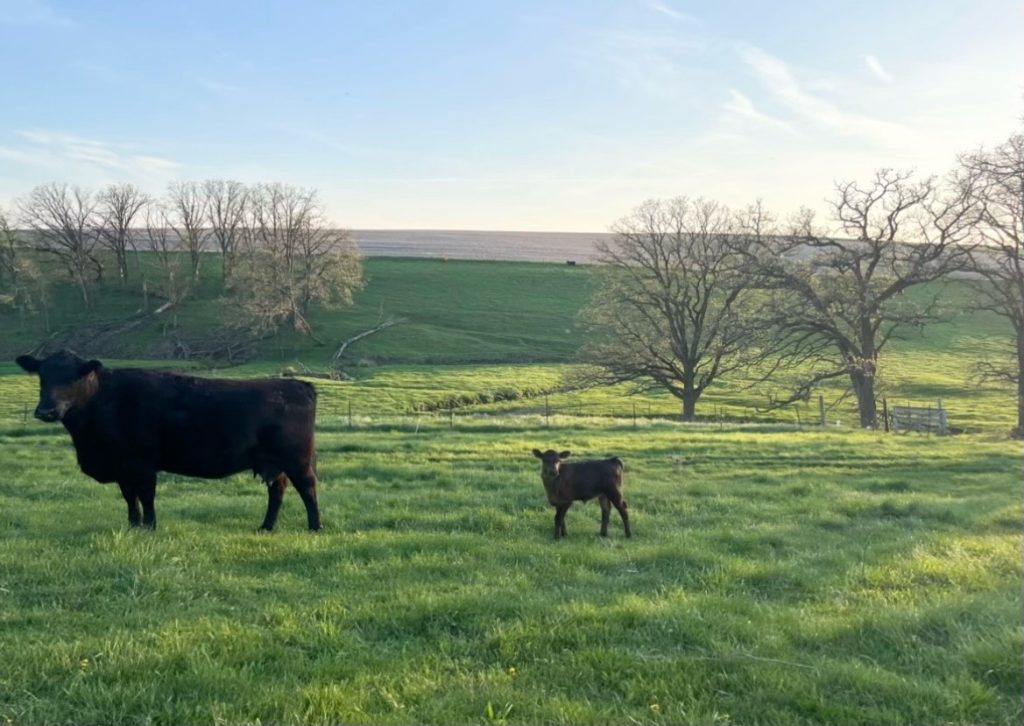
Decrease the Stress Before Weaning by Providing Opportunities:
Decreasing separation stress should start in the pasture. When calves are weaned from their mother, it helps if they know how to eat out of a bunk or feeder. Calves start to find some food for themselves a few weeks after birth. Research has suggested by 3 months of age; calves are likely eating 1.1-1.5% of their body weight in forage in addition to nursing the cow. Cows can only provide around half the daily nutrients the calf requires at around 3 to 4 months of age (depending on pasture quality/quantity), the remainder is obtained through what the calf naturally learns to eat, in most cases pasture, as it gets older.
Learning to eat from a bunk prior to weaning can be accomplished a few different ways. Short duration, (about 3 weeks) creep feeding right before weaning can help calves learn to eat from a bunk. To minimize digestive upsets and ensure a smoother transition at weaning, consider a diet that’s palatable, higher in digestible fiber, and most similar to the diet calves will receive post-weaning. It can be as simple as corral panels, with a creep gate and a bunk with daily feeding to help manage intake and increase calves’ familiarity with people. Another option is to let the cows teach them by providing some feed in bunks for a short time prior to weaning. Plenty of bunk space, so all cattle can get to the bunk is needed for this to work successfully. Plan ahead to avoid administering other stressful management practices (i.e. castration, dehorning, and vaccination) far enough away from weaning to avoid compounding stress.
Weaning Methods: Fenceline and Two-Step
Fenceline weaning is a lower-stress method of weaning calves from cows. When compared to abrupt weaning with total separation of cow and calf, fenceline weaning calves has shown to reduce stress as measured by calf behavior and gain after weaning. Fenceline weaning involves separating cows and calves into two different pastures where they can still hear, see, and smell each other. Ideally cow/calf pairs are initially put in the pasture where the calves will remain at separation, so the calves are familiar with water and food sources after separation. Fences must be in excellent condition to keep cows and calves separated. Forage and feed availability should be similar to pre-weaning to maintain feed intakes and reduce stress.
Two-step or two-stage weaning is another option for producers to decrease stress for cows and calves during the weaning process. It requires handling calves twice to insert nose flaps and remove them 4-7 days later. This first stage allows the cows and calves to be together but prohibits the calf to suckle milk from its mother. Stage two begins another 4-7 days later when calves are removed from their mother completely. Two-step weaning breaks the weaning cycle into two separate, less stressful 4–7 day periods for the cow and calf. Considerations for producers interested in practicing two-step weaning include the incurred costs of purchasing weaning flaps and the extra time and labor associated with inserting and removing the flaps during the two-step weaning process.
Conclusion:
Weaning stress should not be overlooked. Proper management before, during, and after weaning will have an effect on the health and performance of your calf crop and your herd in the long run. Now is the time to think about your weaning strategies so calves aren’t weaned on diesel fumes on their way down the road.
Resources
E.O. Price, J.E. Harris, R.E. Borgwardt, M.L. Sween, and J.M. Connor. 2003. Fenceline contact of beef calves with their dams at weaning reduces negative effects of separation on behavior and growth rate. J. Anim. Sci. 81:116-121. (Retrieved 5 June 2025)
Jenkins, K. H., and R. J. Rasby. 2014. Management Considerations for Beef Cows in Confinement. Nebraska Extension Publications, University of Nebraska–Lincoln. https://extensionpubs.unl.edu/publication/g2237/na/html/view. (Retrieved 5 June 2025).
Parish, J. A., J. Rhinehart, B. Karisch, L. S. Durst, and B. R. dos Reis. 2022. Creep Feeding Beef Calves. Mississippi State University Extension Service. https://extension.msstate.edu/publications/publications/creep-feeding-beef-calves. (Retrieved 5 June 2025).
SDSU Extension. 2022. Low-Stress Weaning Methods. South Dakota State University. https://extension.sdstate.edu/low-stress-weaning-methods. (Retrieved 5 June 2025).


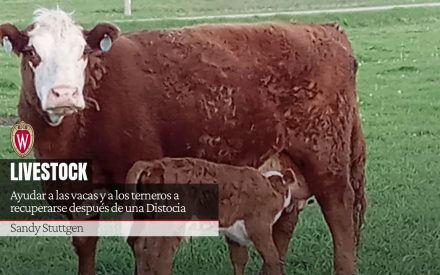 Ayudar las vacas y a los terneros a recuperarse después de una Distocia
Ayudar las vacas y a los terneros a recuperarse después de una Distocia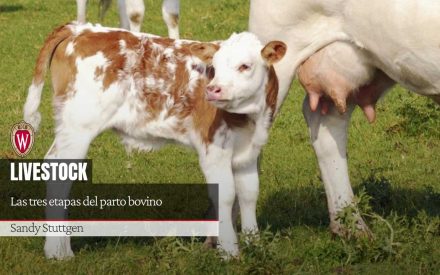 Las tres etapas del parto bovino
Las tres etapas del parto bovino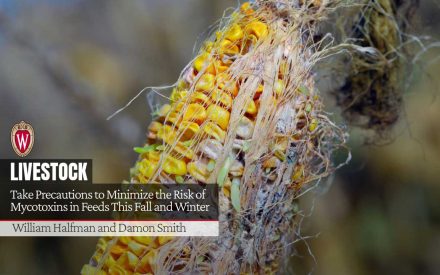 Take Precautions to Minimize the Risk of Mycotoxins in Feeds This Fall and Winter
Take Precautions to Minimize the Risk of Mycotoxins in Feeds This Fall and Winter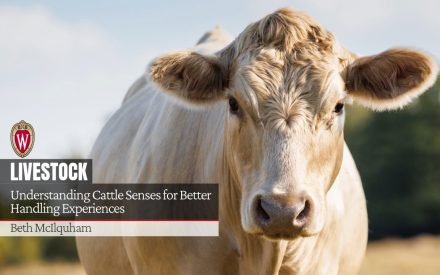 Understanding Cattle Senses for Better Handling Experiences
Understanding Cattle Senses for Better Handling Experiences


